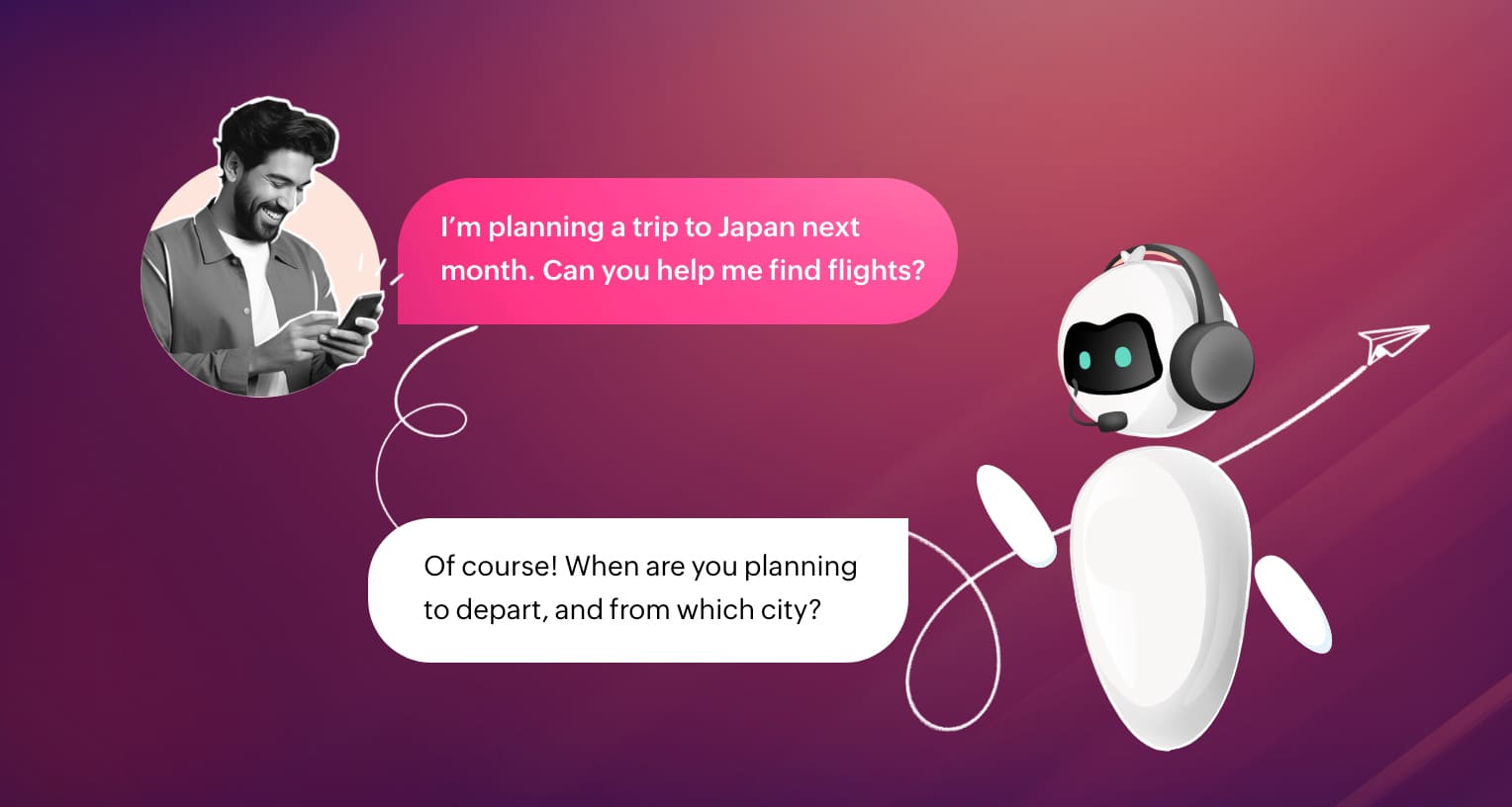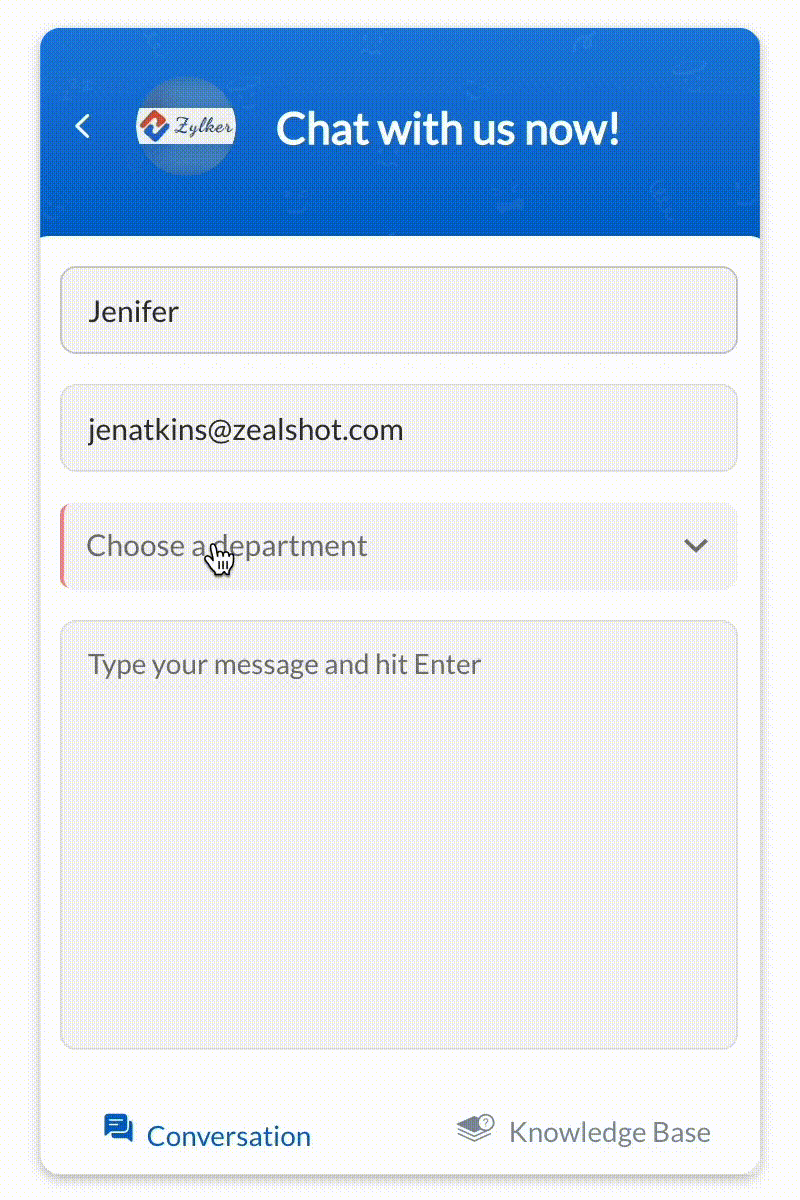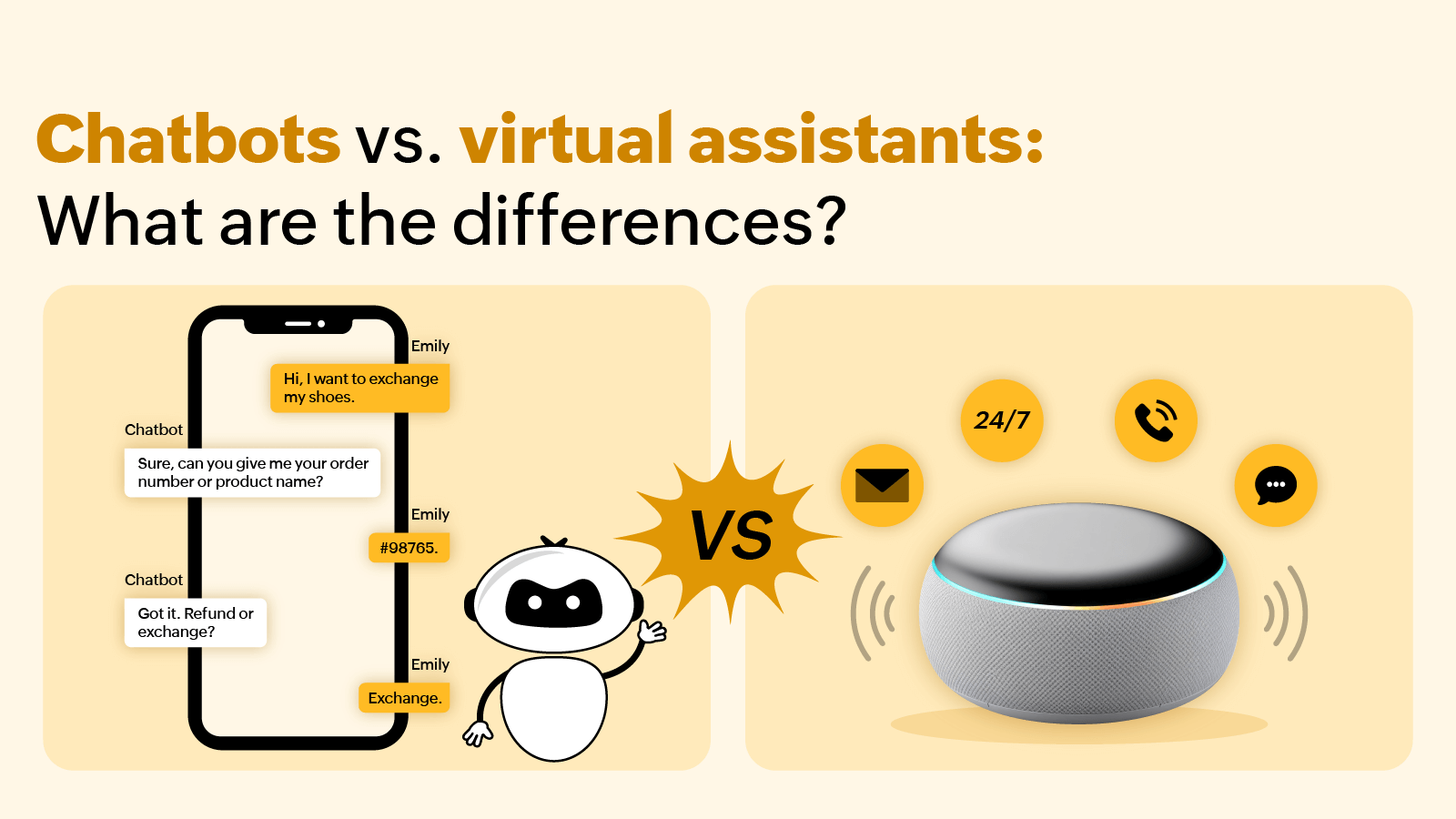What is Conversational AI?
"Conversational AI is the ability of computers to receive text/speech inputs and respond to them by understanding the intent and emulating the emotions to imitate human conversations.”
The key here is imitating humans, as the last generation's chatbots could only answer questions based on pre-defined rules without the capabilities to identify intentions or emotions. But conversational AI takes it to a whole new level that allows it to decipher human intentions and emotions, thus making the conversation more authentic and efficient.

To achieve such flawless human imitation, decades of research have gone into this, and the conversational AI we have now is the result of the extensive research that went into NLP (Natural Language Processing), ML(Machine Learning), Neural networks, and the like.
How Conversational AI works
The pre-defined, rule-based models were limited in their application as they were programmed to give specific answers in a certain way. But human queries are never predictable. Their language and dialects vary. Rule-based models weren't programmed with the ability to understand humans and would be dishing out monotonous pre-defined answers.
The scenario changed when NLP (Natural Language Processing) was introduced into the mix. NLP comprises two sub-elements: NLU (Natural Language Understanding) and NLG (Natural Language Generation).
The role of NLU is to process the human inputs in a way machines can understand. NLU also decrypts the input to understand the intent of the queries and the emotions behind them.
Using the processed information, NLG (Natural Language Generation) generates suitable human-like responses that provide an answer to the query in text/speech format.
But it's not a one-time process, as machines must constantly learn and update themselves to continue imitating human conversations. ML (Machine Learning) and its subset, Deep Learning, was brought in to achieve that.
With a constant feedback loop, they'd learn from their previous interactions to understand how closely the AI is delivering what's expected out of it and if it can predict the human's way of thought.
Difference between chatbots and Conversational AI
- Rule-based chatbotsConversational AI
- Rule-based chatbots are pre-defined and cannot provide personalized communication.Conversational AI is a constantly trained model and can provide a personalized conversation simulating humans.
- Pre-defined rules configure a traditional chatbot, which can't understand the intent or emotion of the queries.Powered by NLP, Conversational AI can understand the intent and human emotions to provide an engaging experience.
- Once set up, traditional chatbots don't need to be monitored constantly.Manual intervention/supervision is required as conversational AI's Machine Learning and Deep Learning constantly learns from past interactions to deliver better experiences.
- Though chatbots can be used as a first line of support for addressing queries, they can't resolve the issues without escalating to humans.Conversational AI can be an alternative to your human support team in most cases, as it can answer even complex queries.
Types of Conversational AI
Though conversational AI is used as a collective term, it comes in various forms:
AI chatbots
FAQ chatbots are text-based user interfaces that let users type their queries and get human-simulated answers.
Virtual assistants
Virtual assistants can be of two types: Text-based and voice-based. The difference between AI chatbots and text-based virtual assistants is their purpose and functionalities. While AI chatbots are primarily programmed to facilitate conversations, their operating range and scope are narrow compared to virtual assistants, as they're designed to perform tasks and can be domain-agnostic.
Voice assistants
Voice assistants use speech technology to understand the language and reply.
Benefits of Conversational AI for businesses
Because of its ability to comprehend human intent and emotions, conversational AI has great importance in assisting and automating mundane tasks, reducing menial grunt work so that humans can focus on high-priority work and perform their tasks better. Overall, from the business point of view, conversational AI offers a plethora of benefits:
Self-service
Though it has applications in other departments, conversational AI is required the most in support departments, within or between organizations and their customers. Because of its ability to understand human intent and emotions and the capability to answer complex questions, conversational AI is best cut out for providing self-service.
Unlike traditional chatbots that provide cookie-cutter answers, conversational AI can go through your knowledge base resources and provide the answers users seek. It reduces the waiting time, improves efficiency, and helps achieve an engaging experience. Furthermore, APIs (Application Programming Interfaces) and database integrations have expanded the capabilities of conversational AI systems to perform various database operations based on user requests.
Lower operating costs
Conversational AI plays a crucial role in being accessible to everyone at all times and, if required, even at the same time. It saves time for those at both ends of the spectrum—customers and businesses—and reduces operating costs as it nullifies the need to have human agents available 24/7. Overall, it helps the teams improve their productivity.
Multilingual
As businesses serve international customers, conversational AI can help them provide the same engagement experience to everyone in their own language, breaking the geographical and language barriers.
Uniform and automated engagement
Conversational AI helps businesses offer a uniform customer experience to all of their customers as it can be incorporated into all the crucial touch points of interaction. It can be automated to reduce manual intervention to zero.
Personalized customer experience
Overall, conversational AI helps businesses provide a uniform, engaged, and personalized experience to their customers, which will help them build trust, stand out amongst their competitors, and make their customers and employees happy.
SalesIQ's Answer Bot-the best Conversational AI for your business

If you're wondering how to get the best conversational AI for your business to reduce operating costs and save operators' time for better purposes, Zoho SalesIQ, the Engagement Intelligence, is your best option.
Zoho SalesIQ's Answer Bot, the NLP-driven conversational AI chatbot powered by our own AI technology, Zia, has been revolutionizing how teams handle their support operations. Its ability to parse through knowledge base resources and provide exact answers to customer queries, a library of small talk responses that makes the conversation personable and unique to various industries, and the recent addition of the option to integrate OpenAI's ChatGPT with Answer Bot make it the best conversational AI for your business.
If you'd like to see how SalesIQ's Answer Bot performs, book a demo, or if you'd like to get a hands-on experience straight away, sign up for a 15-day credit card-free trial.
Related resources
Here are some blogs to help you understand the complete potential of our live chat software.

